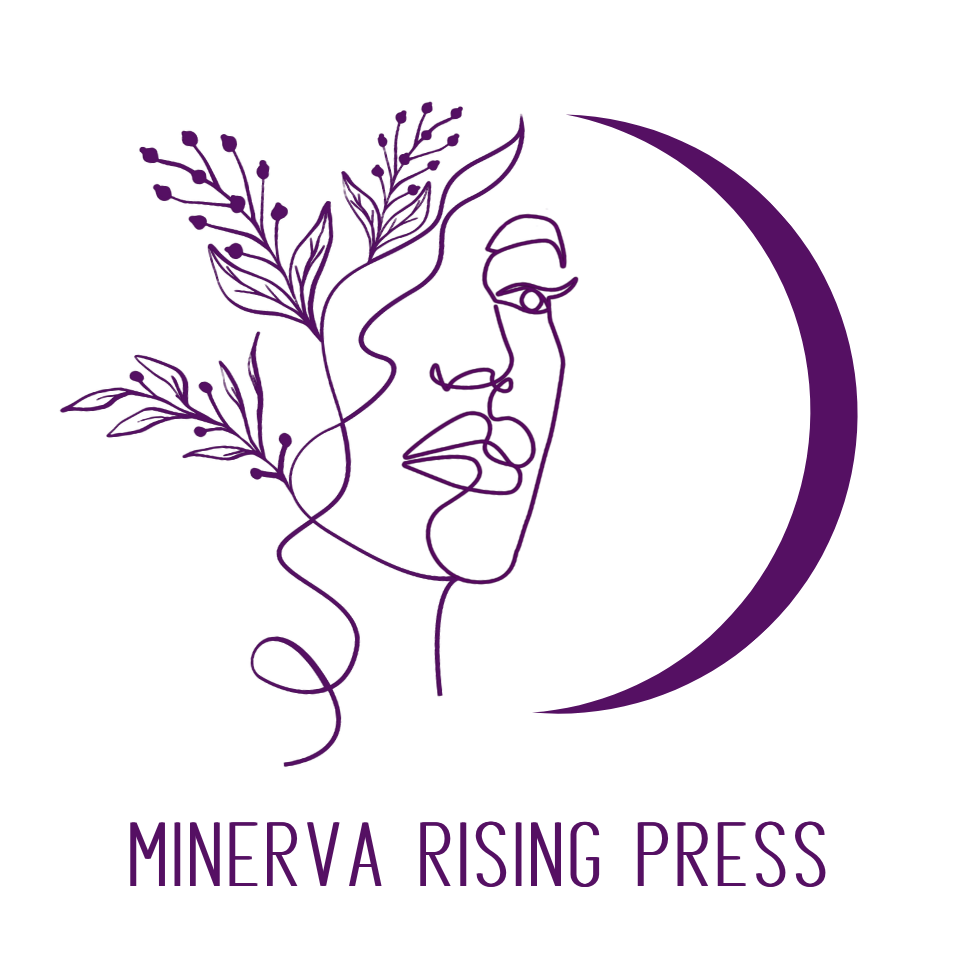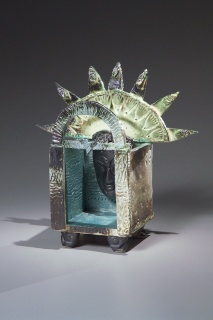He wore eyeglasses with thick frames, usually black, sometimes tortoise shell that made him look like a studious raccoon. These spectacles suited him perfectly. He could recall the facts of ancient history and postulate on the fine details of Talmudic law. He was educated to argue, a habit that did not serve him well in marriage. In his middle years he went into hiding in the garage, a storage unit for the discarded.
Amid the maze of hammers, screwdrivers, motor oil, hedge shears, used paint cans sealed shut with age, broken dishes waiting for repair, tangled electric chords and a 1940’s mangle iron that my mother couldn’t bear to part with, my father set up shop.
His fingers were thick and stubby, his forearms muscular. He was short and steadfast. In the early years of a new Los Angeles when mid-century Googie architecture defined the culture, he apprenticed with a noted ceramic artist in her waning years. Mostly, he was self-taught, experimenting with the chemistry of glazes, kiln temperatures and clay body recipes.
He installed an old kick-wheel with tractor seat where he would hunch as if in prayer over a lump of clay. He put his force into centering, then opening up the solid hunk that would become a vessel, smooth, even-sided. I could barely see his eyebrows. Fuses blew while he figured out how to accommodate the wiring for the electric kiln. Ben, my mother would scream out the screen door, What’s happening out there? The fridge just shut off.
The garage was detached from the house. Inside, it was dimly lit except for a few industrial aluminum clamper lamps hung from the rafters focused on the work space. He shared this space with curly-edged brown paperbacks, college textbooks, decades old Life magazines, Goodwill clothes, shoe polish, grass seed, water hoses and an electric carving knife from Thanksgiving past. More than once, I discovered a black widow spider clinging to the underbelly of a table and shrieked.
My sister remembers that her pet guinea pig Zephyr was banished to the garage after our mother gave her final pronouncement, too dirty. After another attempt at having a pet failed, the terrarium turtle moved out there, too. Our mother threatened our brother, If you want to play the trumpet, you’ll have to practice in the garage. Sometimes Dad had lots of company.
In time he became masterful, turned his hobby into a value-added job: high school history teacher who taught ceramics. He liked shirtsleeves, preferred short sleeves, rolled up the long-sleeves to elbow length, never buttoned his collar, seldom wore ties or suits. He loved the earth, submerged his arms elbow deep into the clay bucket, scooping out sludge, working it with gritty grog, kneading it until smooth and elastic, giving it life.
My favorites were the big-eyed toads with long tongues, serving no particular purpose but fun. Then, there were the mugs featuring bearded or toothless men, flying fish and octopus. My mother used the platters splotched with pink, green, purple, and orange to hold baked chicken, potato salad, bagels and lox on Sunday morning.
The more our father created, the more our mother gave away. His ceramics became birthday and hostess gifts, wedding and anniversary presents. If they came out of the kiln with imperfections they became garden décor hidden behind bushes and tree trunks. My father didn’t seem to mind. He knew where he belonged. Where’s Ben? My mother would call. We knew the answer. She did, too.
Ben Zion Beerstein, b. May 30, 1913, Youngstown, Ohio, d. January 31, 1997, Tucson, Arizona. Scholar, Teacher, Artist. Retired 1978, Los Angeles County Unified School District.
Norma Schafer writes and photographs from a small indigenous Oaxaca, Mexico village where she lives most of the year. Her blog, Oaxaca Cultural Navigator LLC (http://oaxacaculture.com), offers commentary, arts workshops and a March 2016 Oaxaca Women’s Creative Writing and Yoga Retreat. Her home base in the U.S.A. is Graham, North Carolina. Norma’s work, “In the Eyes of Mother,” can be found in Issue 4: Mothers.
Artwork: “Spirit House” by ceramic artist Hollie Taylor


